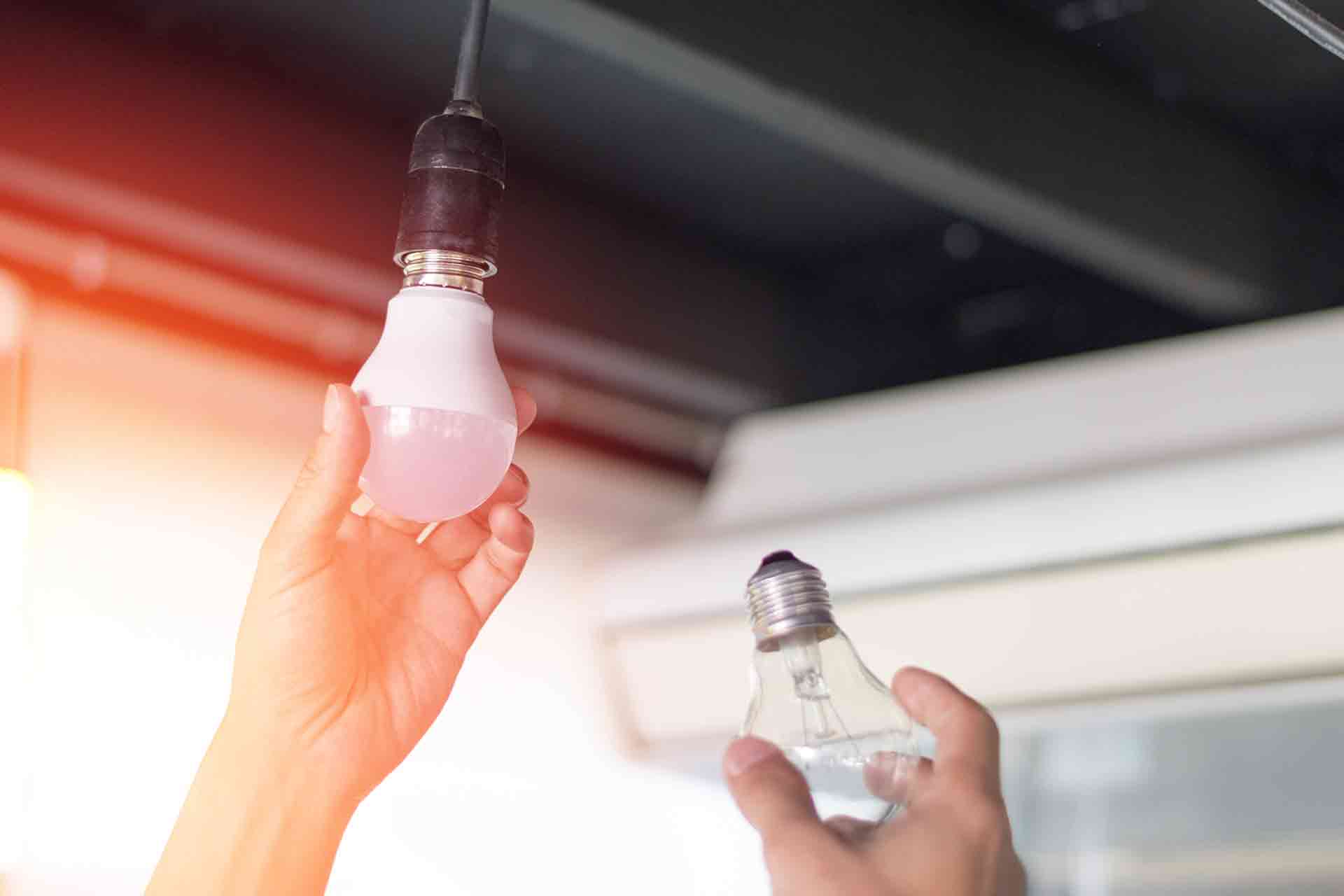

Articles
How Much Does A Light Bulb Cost To Run
Modified: August 28, 2024
Learn about the cost of running a light bulb and find valuable articles on energy efficiency and saving money on electricity bills.
(Many of the links in this article redirect to a specific reviewed product. Your purchase of these products through affiliate links helps to generate commission for Storables.com, at no extra cost. Learn more)
Introduction
Welcome to the world of light bulbs! Whether you’re brightening up your home or illuminating a workspace, light bulbs are an essential part of our lives. But have you ever wondered how much it actually costs to run a light bulb? Understanding the cost of operating a light bulb can not only help you manage your energy usage, but also save money on your electricity bills.
There are various factors that affect the cost of running a light bulb, including the type of bulb, its wattage, the number of hours it’s used, and the cost of electricity in your area. By taking these factors into consideration, you can determine the most energy-efficient and cost-effective lighting option for your needs.
In this article, we’ll explore the different factors that influence the cost of running a light bulb, delve into the types of light bulbs available and their energy efficiency, and provide tips on how to reduce the cost of operating your light bulbs.
So, let’s shed some light on the topic and discover how much it really costs to run a light bulb!
Key Takeaways:
- Understanding the factors that influence the cost of running a light bulb, such as wattage, hours of use, and energy efficiency, can help you make informed decisions to minimize expenses and contribute to a more energy-efficient environment.
- By switching to energy-efficient bulbs, utilizing natural lighting, and implementing smart lighting practices, you can significantly reduce your energy consumption and save money on electricity bills while promoting a sustainable and eco-friendly lifestyle.
Read more: How Much Does An LED Light Bulb Cost?
Factors Affecting the Cost of Running a Light Bulb
Several key factors influence the cost of running a light bulb. Understanding these factors can help you make informed decisions about your lighting choices and optimize energy efficiency. Here are the primary factors to consider:
- Wattage: The wattage of a light bulb refers to the amount of power it consumes. Generally, bulbs with higher wattages consume more electricity and, therefore, cost more to run. However, advancements in lighting technology have led to the development of energy-efficient bulbs that can provide the same level of illumination with lower wattages.
- Hours of Use: The number of hours you use a light bulb directly impacts its cost. The longer a bulb stays lit, the more electricity it will consume. Therefore, if you frequently leave lights on for extended periods of time, your energy costs will be higher. It’s important to be mindful of turning off lights when they are not needed to reduce unnecessary energy usage.
- Energy Efficiency: The energy efficiency of a light bulb refers to how effectively it converts electricity into light. Energy-efficient bulbs, such as LED (Light Emitting Diode) and CFL (Compact Fluorescent Lamp) bulbs, use significantly less energy than traditional incandescent bulbs. Investing in energy-efficient bulbs can lead to long-term savings on your electricity bills.
- Cost of Electricity: The cost of electricity in your area determines the price you pay for each unit of energy consumed. Electricity rates can vary widely depending on your location and the provider. It’s essential to consider the cost of electricity when calculating the overall expense of running a light bulb.
- Dimming and Controls: Using dimmer switches, timers, or motion sensors can help optimize energy usage and reduce costs. Dimming the lights or automatically turning them off when not in use can significantly reduce the amount of electricity consumed by your lighting system.
By taking into account these factors and making informed choices, you can minimize the cost of running your light bulbs and contribute to a more energy-efficient environment. Next, let’s explore the different types of light bulbs available and their energy efficiency.
Types of Light Bulbs and Their Energy Efficiency
When it comes to light bulbs, there are several different types to choose from, each with its own level of energy efficiency. Let’s take a closer look at some of the common light bulb types:
- Incandescent Bulbs: Incandescent bulbs are the traditional and most commonly used type of light bulb. These bulbs work by passing an electric current through a filament, which produces light. However, they are highly inefficient, converting a significant portion of the energy into heat rather than light. As a result, incandescent bulbs have a low energy efficiency rating and are being phased out in many countries.
- Halogen Bulbs: Halogen bulbs are similar to incandescent bulbs but use halogen gas to improve their energy efficiency. They emit a bright, warm white light and are commonly used in task lighting and spotlights. Halogen bulbs are more energy-efficient than incandescent bulbs but still fall behind other alternatives.
- CFL Bulbs: CFL bulbs, or Compact Fluorescent Lamps, are a more energy-efficient option compared to incandescent and halogen bulbs. They work by passing an electric current through a tube containing mercury vapor and phosphor coating, producing visible light. CFL bulbs use up to 75% less energy and last longer than incandescent bulbs, making them a popular choice for residential and commercial lighting.
- LED Bulbs: LED, or Light Emitting Diode, bulbs are the most energy-efficient and long-lasting lighting option available today. LED bulbs use semiconductors to emit light when an electric current passes through them. They consume up to 80% less energy than incandescent bulbs and have a lifespan of over 25,000 hours. LED bulbs are versatile, available in various colors and styles, and have become the preferred choice for energy-conscious consumers.
When considering the energy efficiency of different light bulbs, it’s important to look at their lumens per watt (lm/W) rating. This rating indicates the amount of light output (lumens) per unit of electrical power (watts) consumed. The higher the lm/W rating, the more energy-efficient the bulb is.
While LED bulbs are generally the most energy-efficient option, they may have a higher upfront cost compared to other types. However, their long lifespan and energy savings can compensate for the initial investment over time.
Now that we understand the types of light bulbs and their energy efficiencies, let’s move on to calculating the cost of running a light bulb.
Calculating the Cost of Running a Light Bulb
If you want to determine the cost of running a light bulb, there is a simple calculation you can use. Here’s how to calculate the cost:
1. Identify the wattage of the light bulb: Look at the packaging or the bulb itself to find the wattage rating. This will indicate the amount of power the bulb consumes when operating.
2. Determine the total number of hours the bulb is used: Track the number of hours the light bulb is on over a specific time period. This could be daily, weekly, or monthly, depending on your preference.
3. Find the electricity rate in your area: Check your electricity bill or consult with your utility provider to determine the cost per kilowatt-hour (kWh) of electricity in your location.
4. Use the following formula to calculate the cost:
Cost = (Wattage / 1000) * Hours of Use * Electricity Rate
For example, let’s say you have a 60-watt incandescent bulb that is used for an average of 4 hours per day, and the electricity rate is $0.12 per kWh. Here’s how you would calculate the cost:
Cost = (60 / 1000) * 4 * 0.12 = $0.0288 per day
By following this formula, you can determine how much it costs to run a specific light bulb based on its wattage, the number of hours it’s used, and the electricity rate in your area.
It’s important to note that this calculation provides an estimate and may not account for other factors such as fluctuating electricity rates, taxes, or other fees that could affect your final cost. However, it serves as a useful guideline for understanding the potential expenses associated with operating a light bulb over time.
In the next section, we will explore the average cost of running different types of light bulbs to give you a clearer idea of their energy consumption and potential savings.
Switching to LED light bulbs can save you money in the long run. They use less energy and last longer than traditional incandescent bulbs, making them a cost-effective choice for your home.
Average Cost of Running Different Types of Light Bulbs
The cost of running a light bulb can vary significantly depending on the type of bulb you choose. Let’s take a look at the average cost of running different types of light bulbs based on their energy efficiency:
- Incandescent Bulbs: Incandescent bulbs have the lowest upfront cost but are the least energy-efficient. On average, an incandescent bulb can cost around $4-$7 per year to operate, assuming it’s used for around three hours per day. However, keep in mind that incandescent bulbs have a shorter lifespan, which means you may need to replace them more frequently.
- Halogen Bulbs: Halogen bulbs are more energy-efficient than incandescent bulbs but still consume a significant amount of energy. They can cost around $3-$5 per year to operate for three hours per day.
- CFL Bulbs: CFL bulbs are significantly more energy-efficient than incandescent bulbs and have a longer lifespan. They can cost around $1-$3 per year to operate for three hours per day. Despite the higher initial cost compared to incandescent bulbs, CFL bulbs offer substantial long-term savings due to their lower energy consumption and longer lifespan.
- LED Bulbs: LED bulbs are the most energy-efficient and cost-effective option in the long run. They consume a fraction of the energy used by incandescent bulbs and have an average lifespan of 25,000 to 50,000 hours. LED bulbs can cost around $1 or less per year to operate for three hours per day. Although LED bulbs have a higher upfront cost, their energy savings and extended lifespan make them a highly economical choice.
It’s important to note that these cost estimates are based on average usage and electricity rates. The actual cost may vary depending on your specific usage patterns and the electricity rates in your area. However, it’s clear that investing in energy-efficient bulbs like CFLs or LEDs can result in significant savings over time.
Now that we have explored the cost of running different types of light bulbs, let’s move on to some valuable tips for reducing the cost of operating your light bulbs.
Read more: How Much Does A Fan Cost To Run
Tips for Reducing the Cost of Running Light Bulbs
Reducing the cost of running light bulbs not only saves you money but also contributes to a more sustainable and energy-efficient lifestyle. Here are some effective tips to help you minimize your energy consumption and lower your lighting expenses:
- Switch to Energy-Efficient Bulbs: Replace your old incandescent bulbs with energy-efficient alternatives like CFL or LED bulbs. These bulbs use significantly less energy and have a longer lifespan, resulting in substantial cost savings over time.
- Turn Off Lights When Not in Use: Make it a habit to turn off lights when you leave a room. Leaving lights on unnecessarily can waste energy and inflate your electricity bill. Install occupancy sensors or timers to automatically turn off lights in unoccupied areas.
- Use Natural Lighting: Take advantage of natural daylight whenever possible. Open curtains, blinds, or shades during the day to allow natural light into your space. This reduces the need for artificial lighting and can significantly reduce energy consumption.
- Utilize Task Lighting: Instead of illuminating an entire room, use task lighting to focus light where it is needed. This allows you to use lower wattage bulbs and minimize energy usage while still providing sufficient illumination for specific tasks.
- Consider Dimmers: Install dimmer switches to adjust the brightness of your lights according to your needs. Lowering the light output can save energy and create a cozy ambiance in your space.
- Regular Maintenance: Clean your light fixtures regularly to remove dust and dirt, as they can diminish the amount of light emitted. Dirty bulbs and fixtures may require higher wattage to achieve the desired brightness, leading to increased energy consumption.
- Maximize Natural Daylighting: Arrange your furniture and workspace to maximize the use of natural daylight. Position your desk or workstation near windows and mirrors to reflect and amplify natural light, reducing the need for artificial lighting during daylight hours.
- Consider Energy-Efficient Lighting Designs: If you are undertaking a renovation or designing a new space, incorporate energy-efficient lighting designs. Use layered lighting techniques, such as combining ambient, task, and accent lighting, to create a well-lit space without excessive energy consumption.
- Investigate Energy Rebates and Incentives: Research local rebates and incentives offered by your utility provider or government for purchasing energy-efficient lighting. Taking advantage of these programs can help offset the upfront costs of energy-efficient bulbs.
Implementing these tips can significantly reduce your energy consumption and save you money on your electricity bills. Not only will you enjoy cost savings, but you will also contribute to a more sustainable and eco-friendly future.
Now that you are equipped with knowledge about reducing the cost of operating light bulbs, let’s wrap up our discussion.
Conclusion
Understanding the cost of running a light bulb is essential for managing your energy usage and reducing your electricity bills. By considering factors such as wattage, hours of use, energy efficiency, and electricity rates, you can make informed decisions when choosing and operating light bulbs.
We explored the different types of light bulbs, including incandescent, halogen, CFL, and LED bulbs. While traditional incandescent bulbs are the least energy-efficient, CFL and LED bulbs offer significant energy savings and longer lifespans. LED bulbs, in particular, provide the highest level of energy efficiency and cost-effectiveness in the long run, despite their higher upfront cost.
Calculating the cost of running a light bulb is a simple process that involves knowing the wattage, hours of use, and electricity rate. This calculation gives you an estimate of the cost and helps you make informed choices based on your energy consumption and budget.
To further reduce your lighting expenses, we provided several tips, including switching to energy-efficient bulbs, turning off lights when not in use, utilizing natural lighting, and considering dimmers or task lighting. These practices not only save you money but also contribute to a more sustainable and environmentally friendly lifestyle.
Remember, each small step towards energy efficiency makes a difference. By implementing these tips and choosing energy-efficient lighting options, you can make a positive impact on both your budget and the planet.
So, the next time you flip the switch, consider the cost of running your light bulbs and make choices that are not only economical but also environmentally conscious.
Frequently Asked Questions about How Much Does A Light Bulb Cost To Run
Was this page helpful?
At Storables.com, we guarantee accurate and reliable information. Our content, validated by Expert Board Contributors, is crafted following stringent Editorial Policies. We're committed to providing you with well-researched, expert-backed insights for all your informational needs.
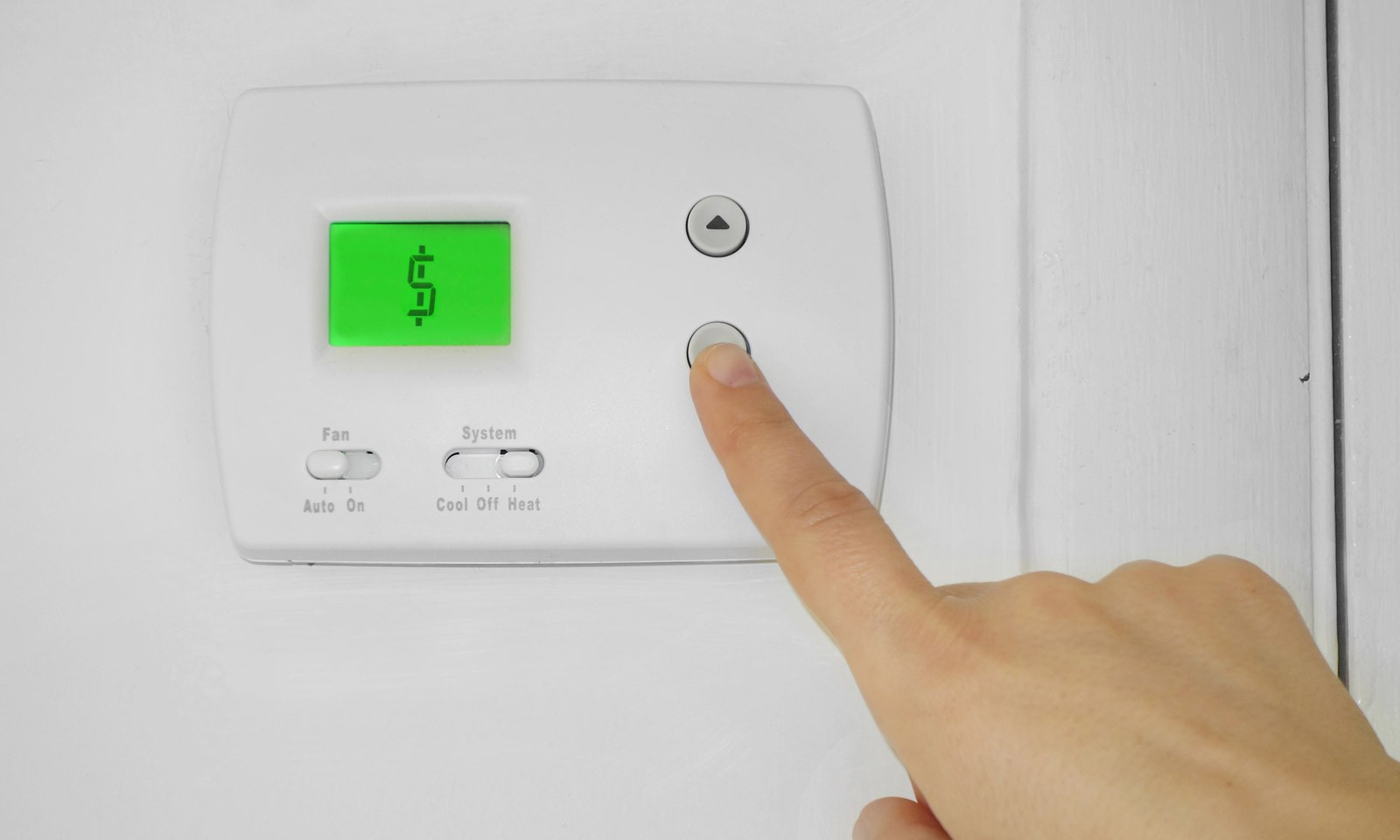
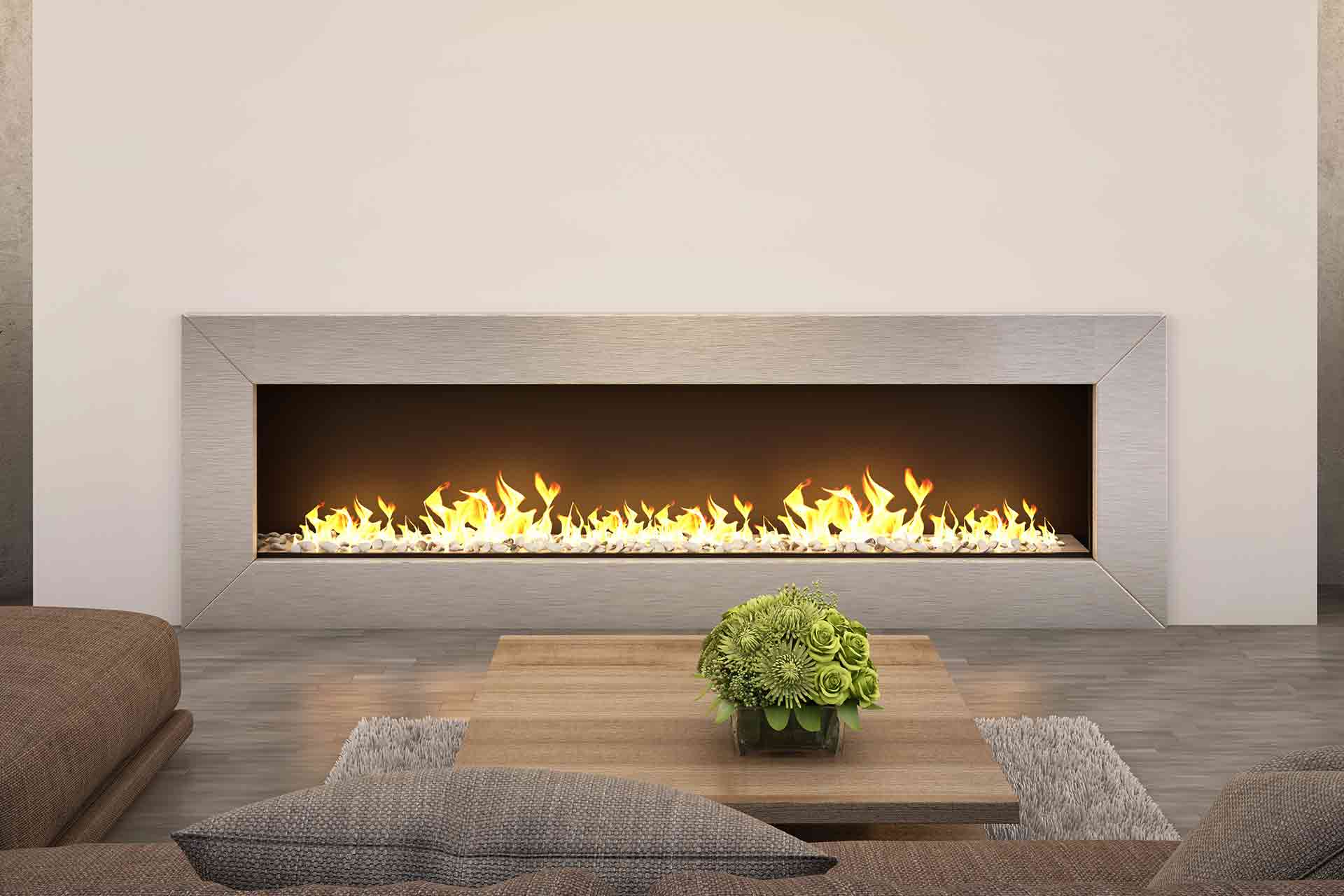
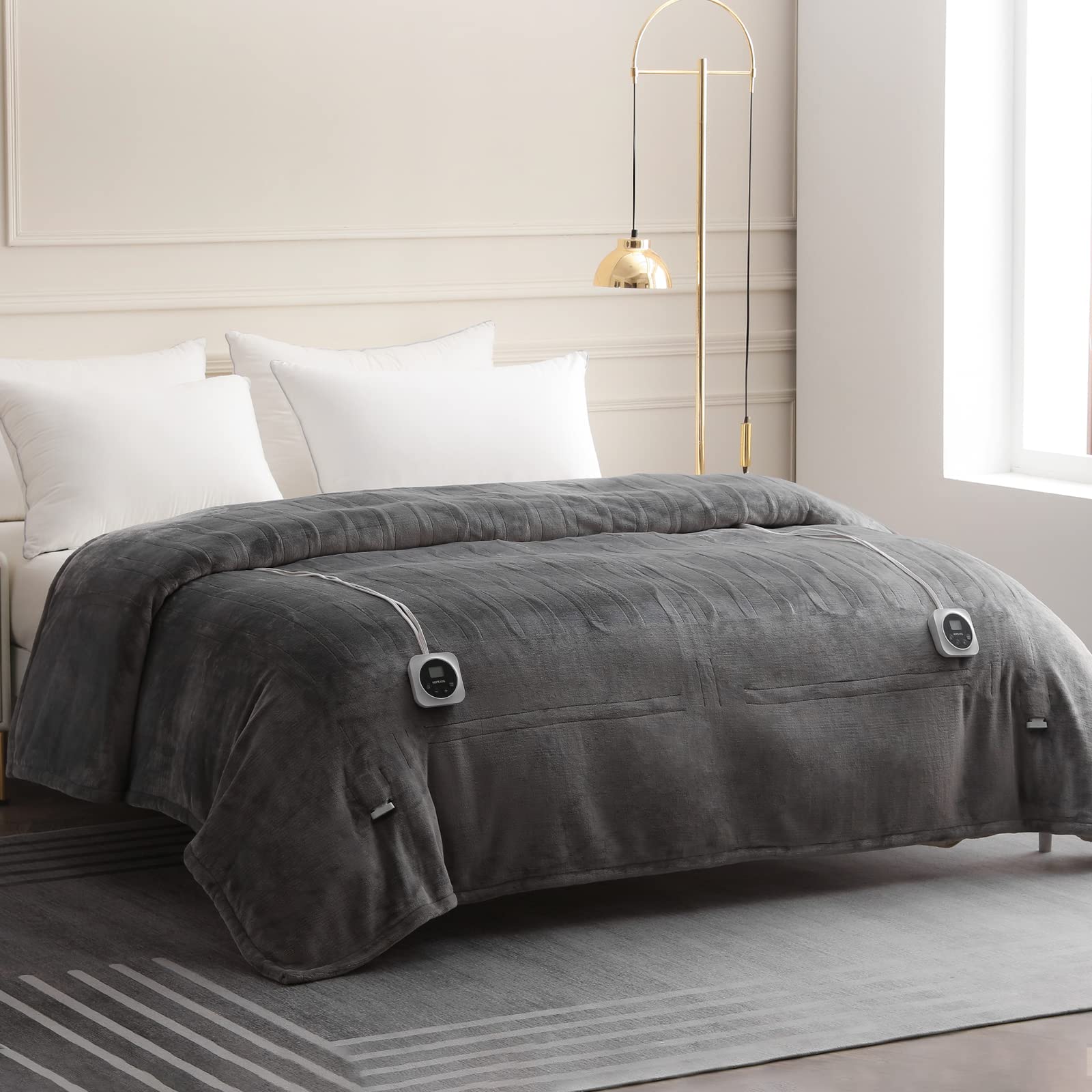
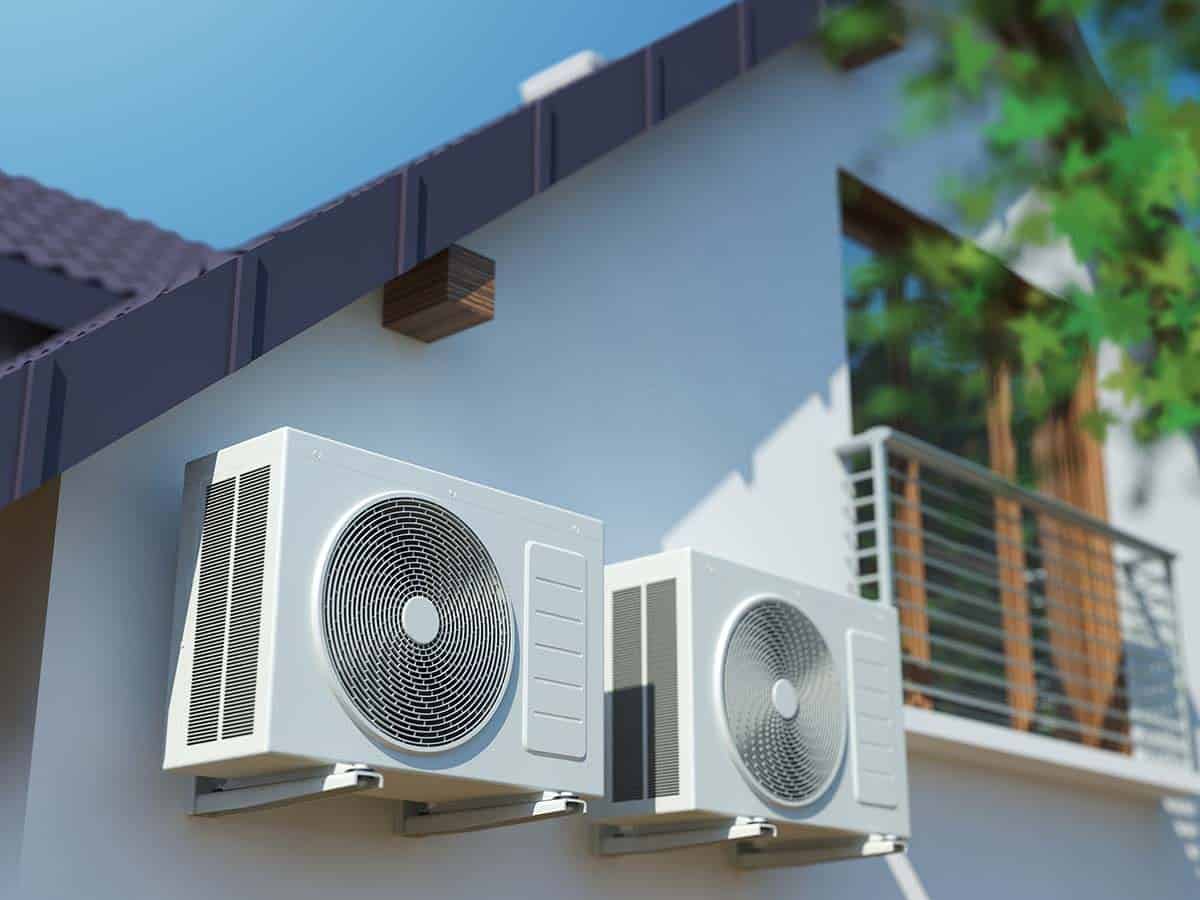
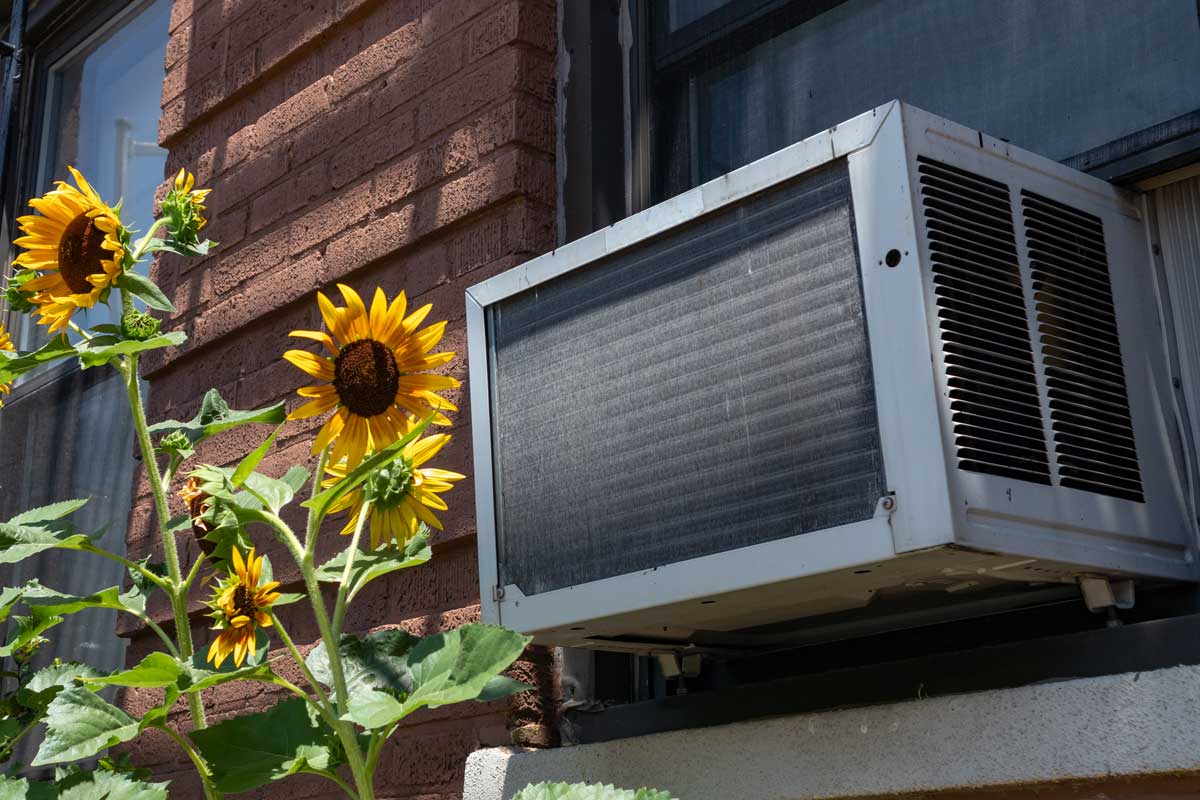
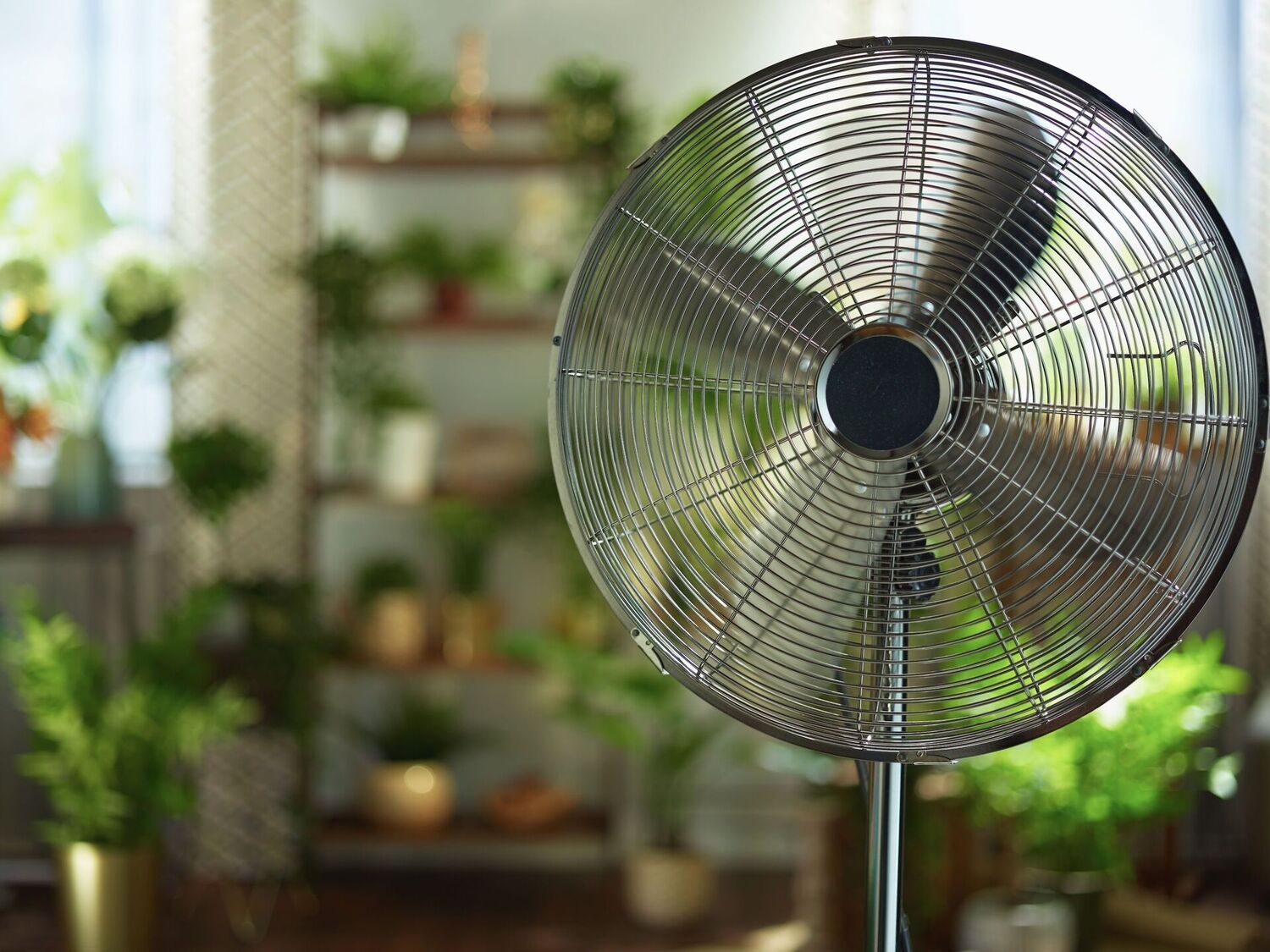
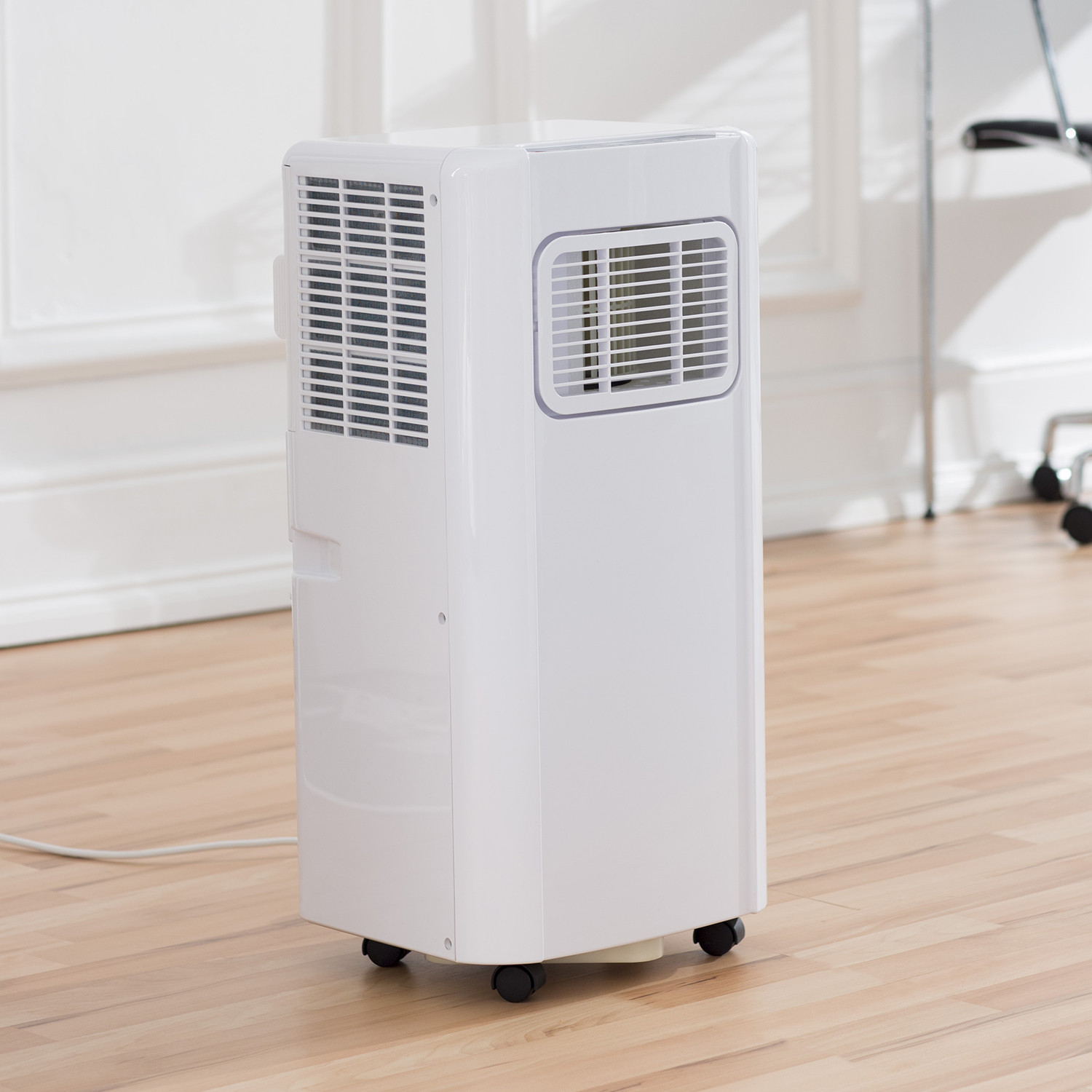
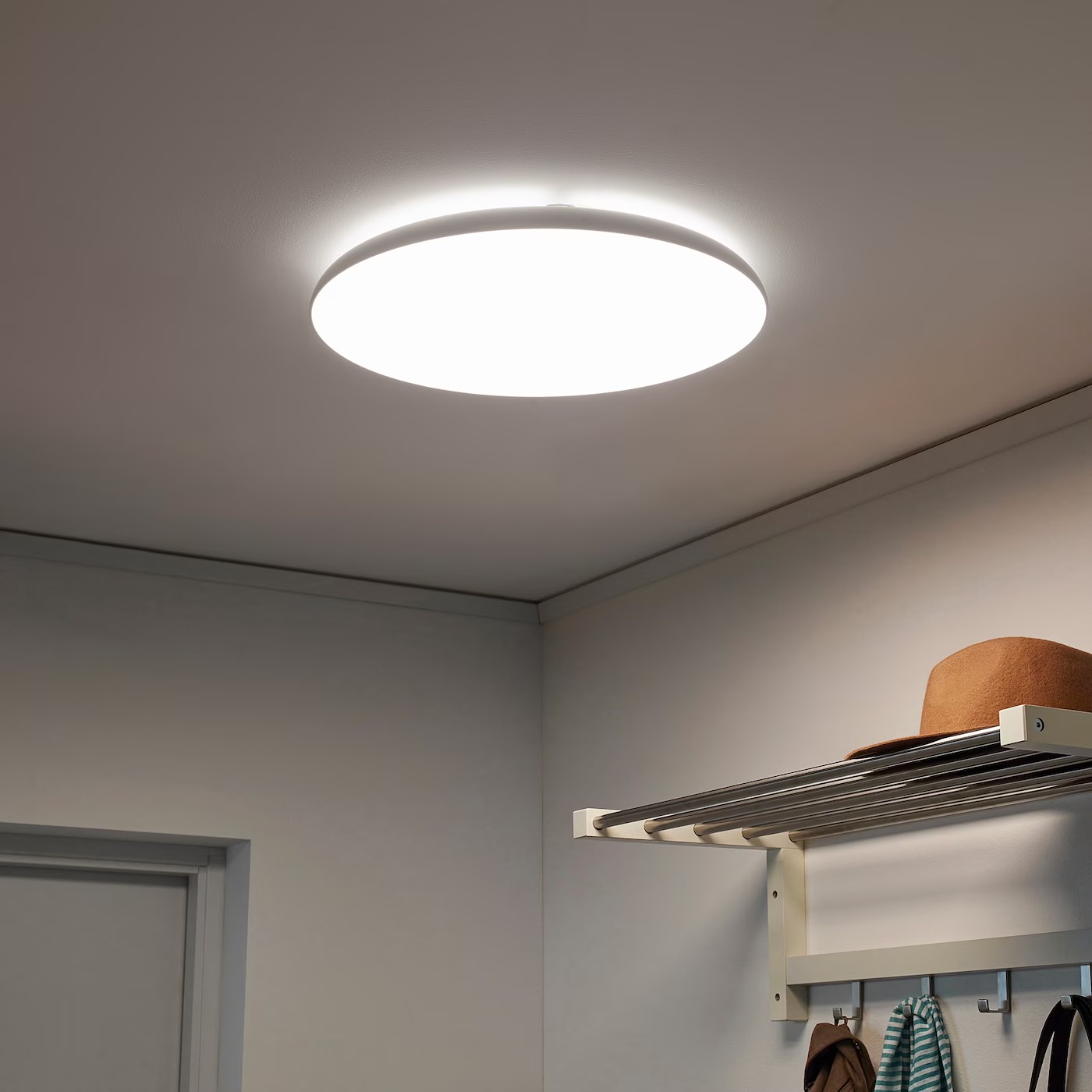
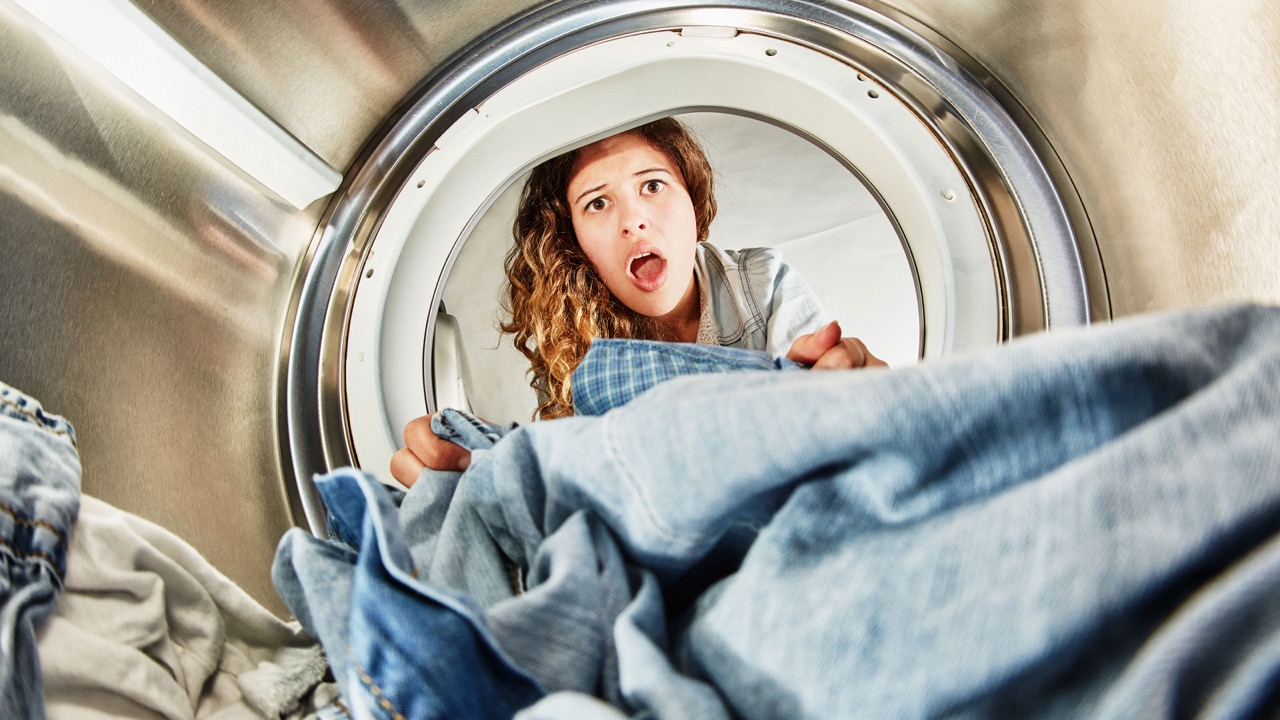
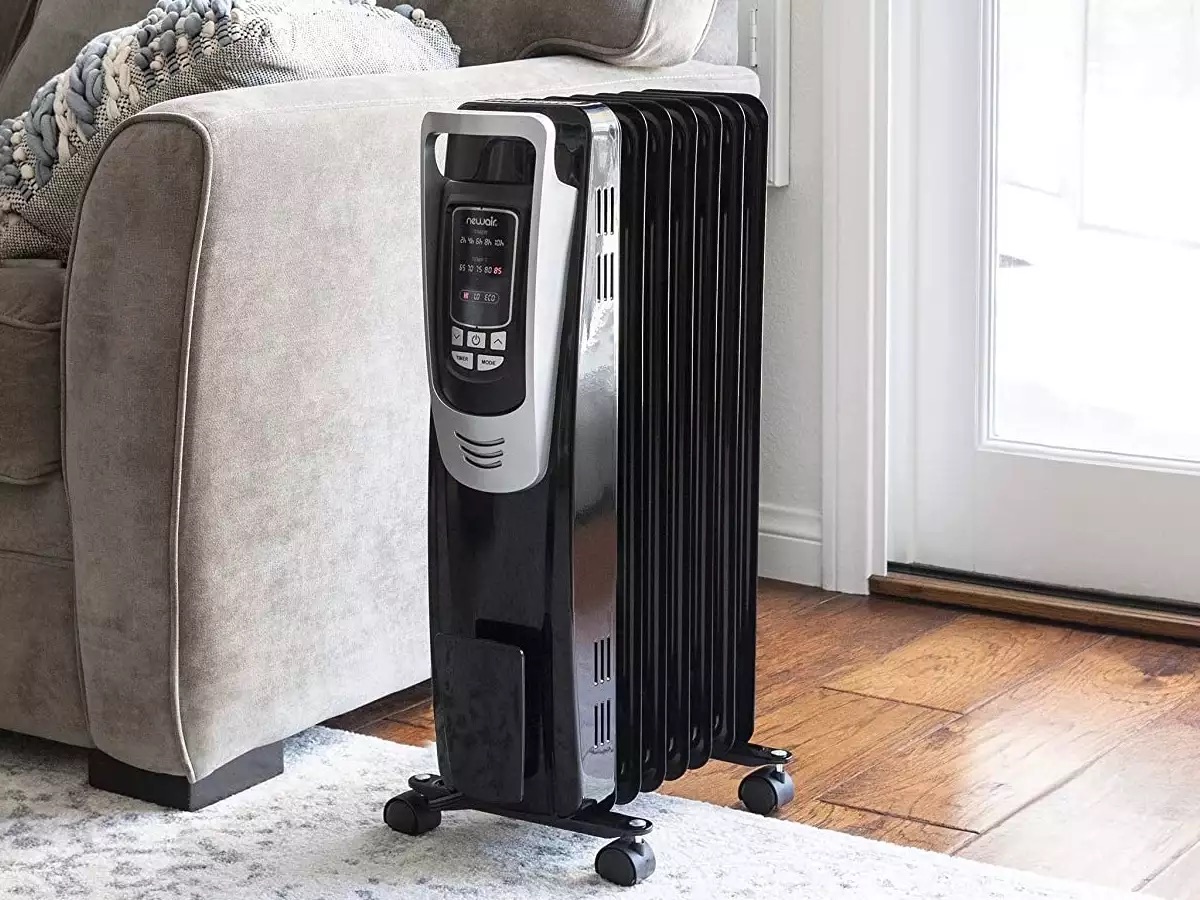
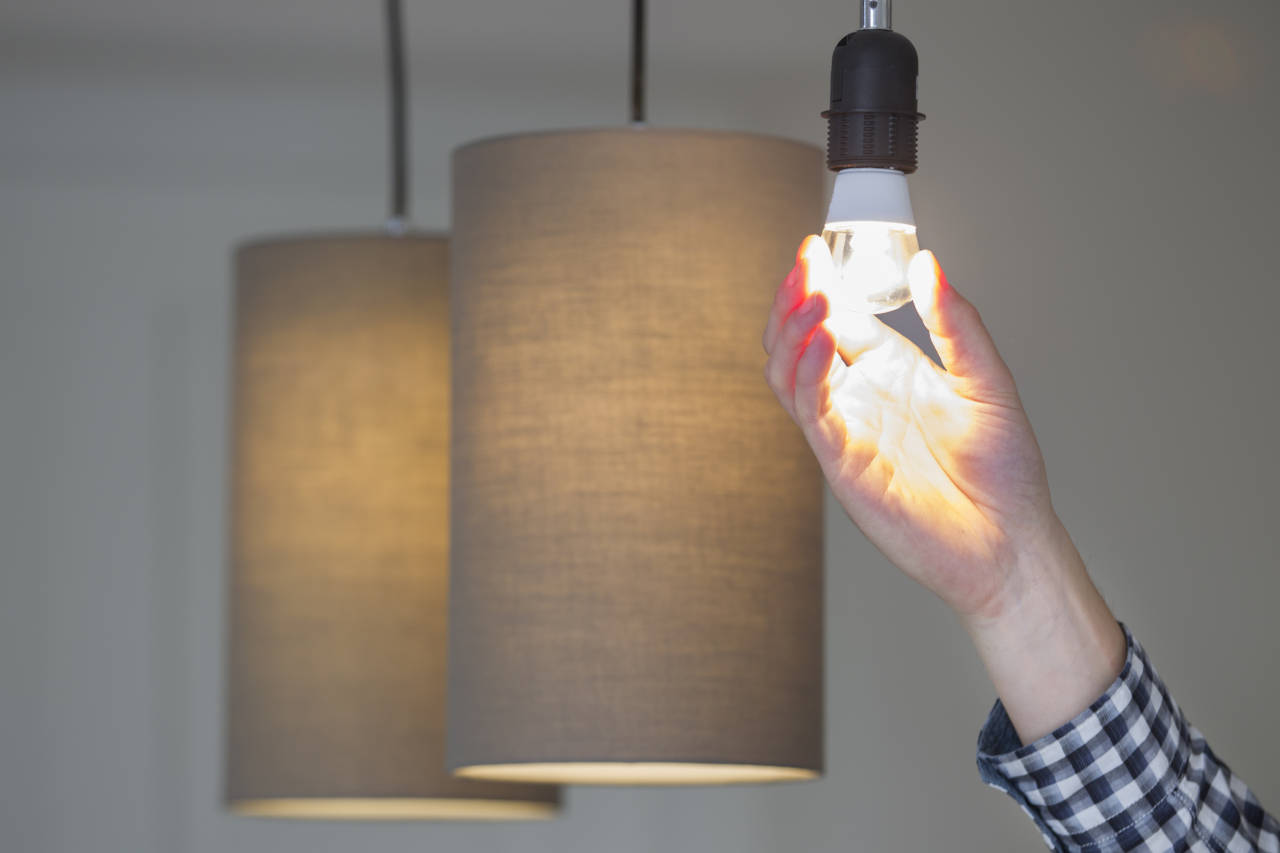
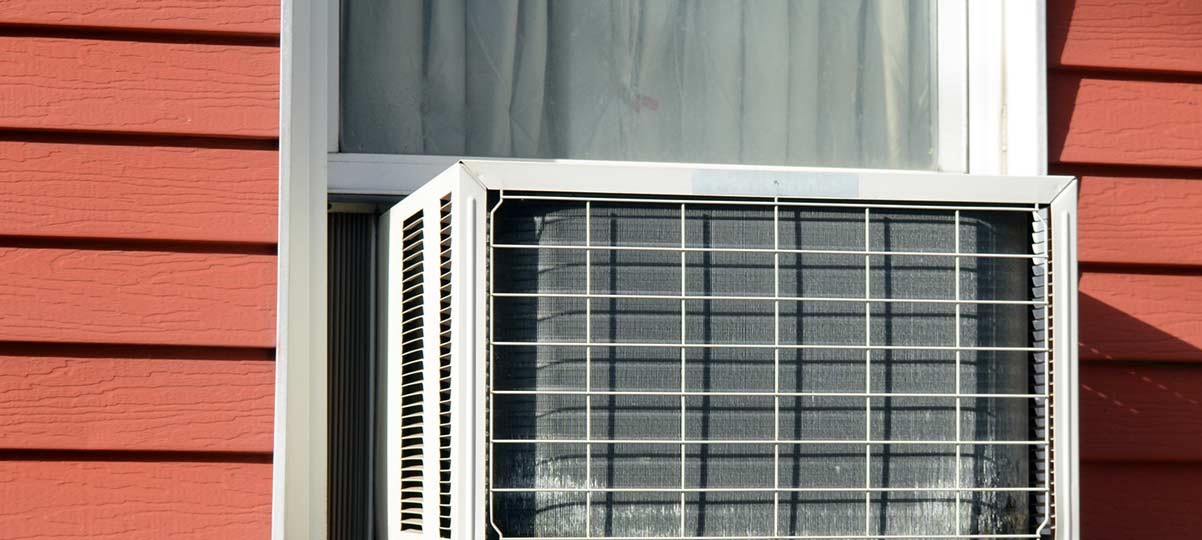

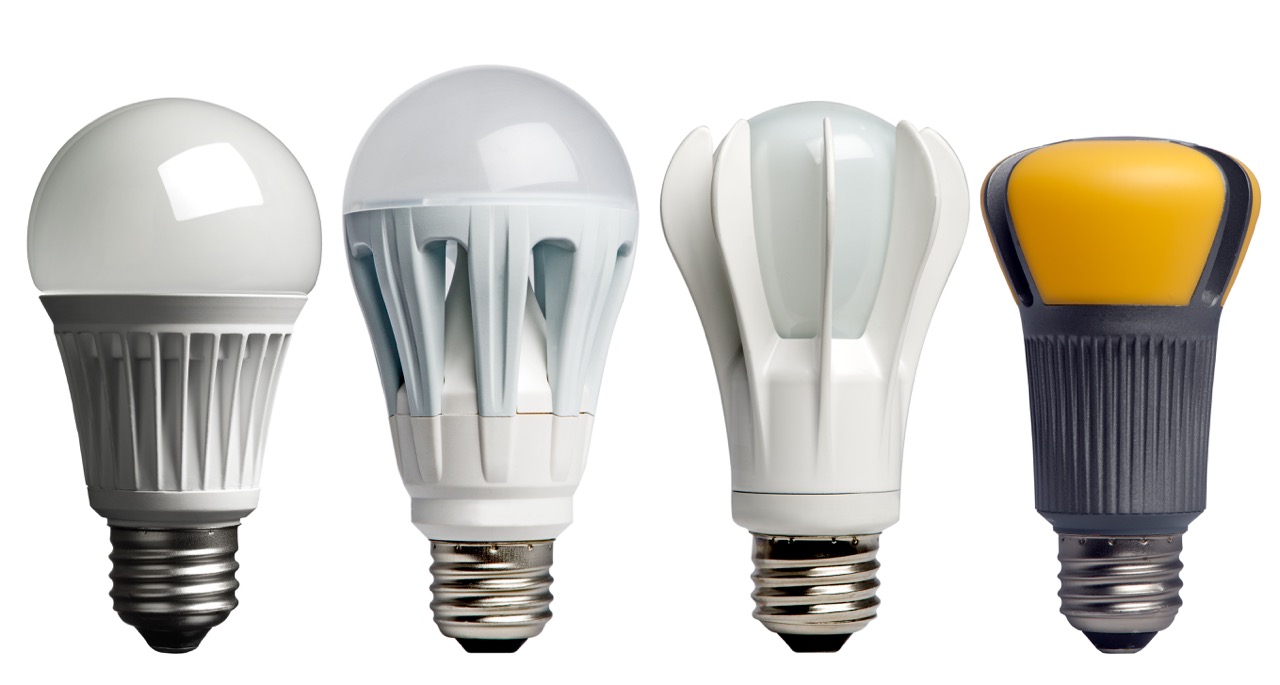

0 thoughts on “How Much Does A Light Bulb Cost To Run”